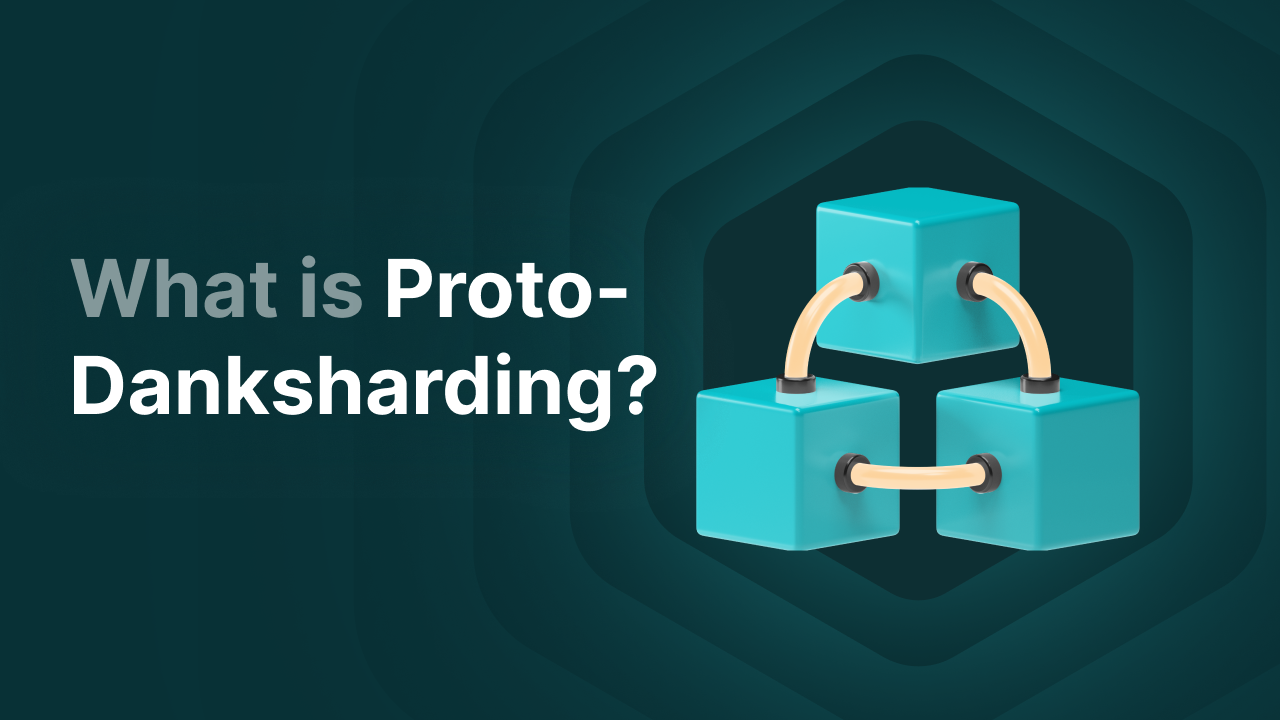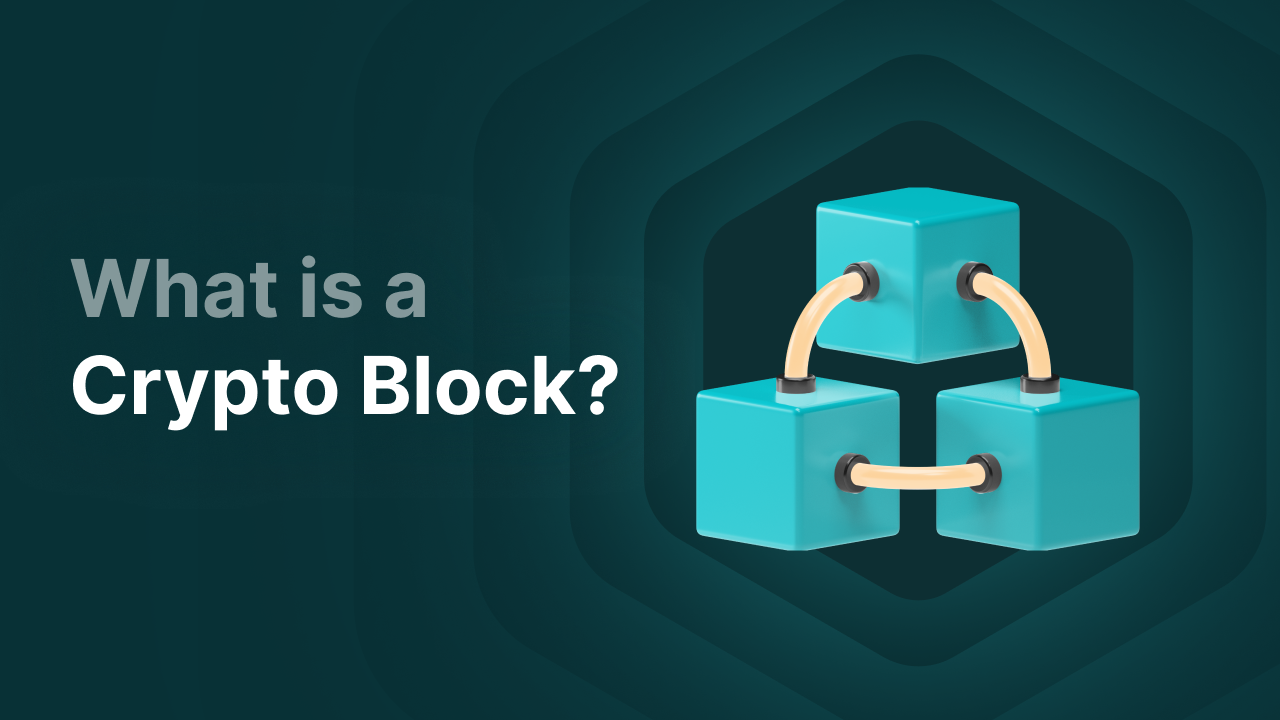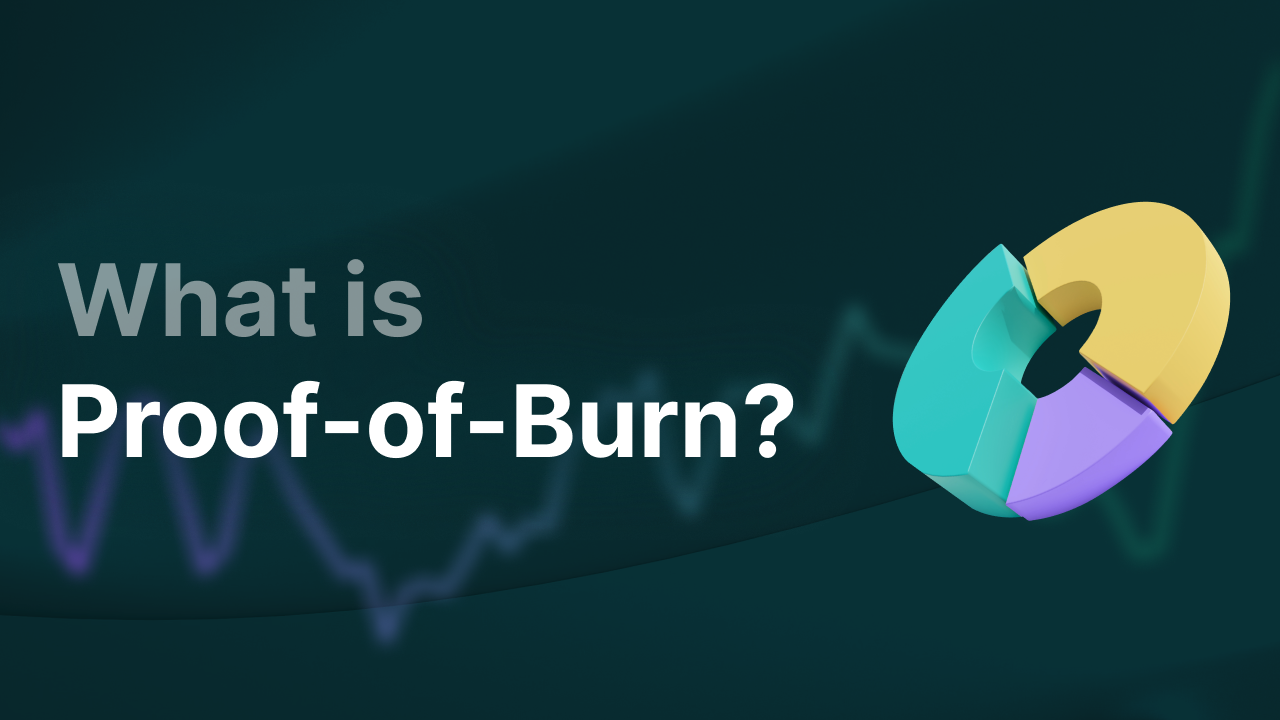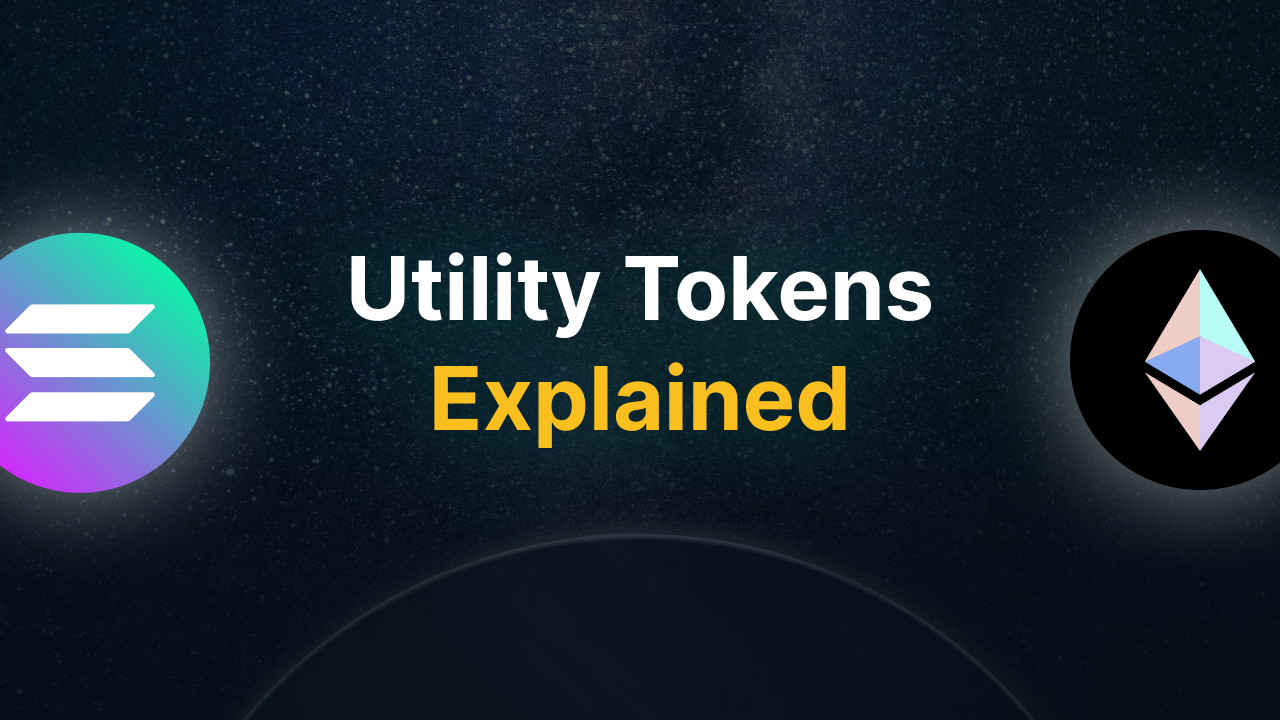The EIP-4844: What is Proto-danksharding?

What is EIP-4844 (proto-danksharding)?
Proto-danksharding is an upgrade to the Ethereum network that represents a key step in the scalability roadmap of the Ethereum blockchain and is part of the broader Dencun upgrade. Proto-danksharding was rolled out via the proposal EIP-4844, while the Dencun upgrade consists of multiple EIPs that each improve different aspects of the network. All these proposals share a common goal: to lower transaction costs and make the Ethereum network more scalable.
Proto-danksharding introduces a new, efficient data structure and serves as a simplified intermediate phase toward full danksharding. It already introduces key building blocks such as blobs and commitment references, but without the use of actual data shards. It thus lays the technical groundwork for future scaling. In addition to this EIP upgrade, there have also been other well-known updates such as EIP-4844 and EIP-1599.
Key Takeaways
-
EIP-4844 (proto-danksharding) is an upgrade that makes Ethereum more scalable by introducing blobs.
-
Blobs are a new data structure that temporarily stores large amounts of data outside the EVM, specifically designed for rollups.
-
Blobs replace calldata as a cheaper way to publish data on Ethereum, without burdening the mainnet with unnecessary long-term data storage.
-
Blobs have their own pricing mechanism separate from regular transaction fees, ensuring cheap transactions during high network congestion on the Ethereum blockchain.
-
The number of blobs per block is currently limited to six to prevent spam.
This limit protects the network and ensures stable operation of the pricing mechanism. -
Proto-danksharding is a stepping stone toward full danksharding on Ethereum’s roadmap.
It lays the technical foundation for future upgrades with data shards and greater scalability, without compromising on security or decentralization.
What does proto-danksharding bring?
Proto-danksharding introduces a new type of transaction to the network: the blob-carrying transaction. A blob is a temporary storage space for data where, via a rollup, information is bundled. This information includes transactions and other data used by rollups, such as proof data (data that proves transactions are valid) or metadata. This data is not stored permanently on the Ethereum Virtual Machine (EVM). Instead, only a reference (a so-called commitment) to the blob is stored in the EVM. Bundling transactions in a blob and not having to store all data permanently makes the process significantly cheaper and more scalable. This reduces the amount of data that needs to be processed in a transaction, resulting in lower costs.
Blobs are specifically designed for rollups on the network, such as Layer 2 solutions like Optimism and Arbitrum. They usually only need their data temporarily. Before blobs, data had to be sent via calldata, which was stored permanently on the Ethereum blockchain. All nodes retained this data, even when unnecessary, making it needlessly expensive. In contrast, data in blobs is stored for about two weeks. After that period, the data is deleted. Rollups are responsible for temporarily storing and keeping their data available for as long as needed for verification.
The blob pricing mechanism
Blobs also have their own pricing mechanism. They do not operate under the transaction fee model introduced by EIP-1559. Instead, they use a separate 'blob base fee' that is entirely independent of regular gas fees. The blob base fee determines how much you pay to add a blob (the data used by rollups) to a block.
The blob base fee works via its own supply-and-demand mechanism:
- If there is high demand for blobs (many rollups), the blob base fee increases.
- If there is low demand, the base fee automatically drops.
- Users pay the base fee + an optional tip to prioritize blob inclusion.
Separating blob transactions from regular transactions prevents blob costs from spiking during periods of high network congestion and makes fees more predictable. This keeps rollup transactions affordable even when pressure on the Ethereum blockchain rises. It makes Layer 2 solutions an especially attractive alternative because they are simply much cheaper.
The number of blobs that can be processed in a block is currently six. This limit prevents spam, ensuring the network is not flooded with data. It also stabilizes the pricing mechanism behind blobs. The number of transactions that can be processed in a blob depends on the rollup solution used. Broadly, there are two types of rollups: ZK-rollups and Optimistic rollups. Both work differently, which affects how many transactions they can process per blob. ZK-rollups are generally more efficient and can process over 1,000 transactions in a single blob. Optimistic rollups usually process between 100 and 1,000 transactions per blob.
What does EIP-4844 (proto-danksharding) solve?
EIP-4844 (proto-danksharding) addresses several key issues regarding the scalability of the Ethereum network, focusing on rollups. These are the main scalability challenges that proto-danksharding solves:
More efficient data storage via blobs
Before proto-danksharding, rollups had to submit their data via calldata. This is a type of data sent to smart contracts. Rollups used calldata for transaction data, which was permanently stored on the blockchain, resulting in higher gas requirements and costs. Moreover, calldata competes with other transactions for inclusion in a new block, creating an unscalable and inefficient system that stored unnecessary data.
With the introduction of blobs, data is temporarily stored outside the Ethereum Virtual Machine (EVM). Only a reference to the blob is made from the EVM, avoiding the storage of unnecessary extra data on the Ethereum blockchain. This reduces storage pressure and lowers the cost per transaction. Blobs are also specifically optimized for data-intensive applications like rollups, while regular transactions are no longer burdened.
More data storage
Thanks to proto-danksharding, larger amounts of data can be processed per block. Blobs can handle greater data capacity than calldata without placing additional strain on the EVM and blockchain. This is possible because blobs store data outside the EVM and keep it available temporarily (about two weeks), avoiding permanent storage on Ethereum.
This approach increases the network's total data throughput. Rollups can send large data bundles in a single transaction, resulting in scalability benefits. This opens up space for more Layer 2 applications without overloading the Ethereum network itself.
Improved scalability without sacrificing decentralization and security
Proto-danksharding improves Ethereum's scalability without compromising the network’s decentralization and security. Unlike centralized parties that look for centralized storage solutions, Ethereum uses a mechanism in which data is temporarily stored off-chain via blobs, but efficiently processed within the existing decentralized network.
This allows Ethereum to remain decentralized without sacrificing the reliability of the infrastructure during peak times. With EIP-4844, rollups remain responsible for transaction processing, while Ethereum only ensures the availability of associated data. This creates a scalable system that maintains mainnet security while enabling thousands of transactions per second via Layer 2 solutions.
Preparation for danksharding and other future expansions
EIP-4844 is a fundamental improvement to the Ethereum network and serves as a crucial step toward full danksharding. The proto-danksharding update already introduces several elements of full danksharding, namely blobs, commitment references, and a new pricing mechanism for blob transactions. These components form the technical foundation on which future Ethereum upgrades can build.
When danksharding is eventually implemented, these components can be easily scaled to a system with multiple shards. This allows Ethereum to support much larger data capacity in a secure and decentralized way without needing an entirely new mechanism.
How does proto-danksharding fit into Ethereum’s roadmap?
Proto-danksharding (EIP-4844) is just one of many components aimed at making Ethereum more scalable in the long term. However, it is a critical update because it introduces new technology necessary for progressing toward full danksharding and other future upgrades.
The proposal was launched as part of the Dencun upgrade, which went live on the Ethereum mainnet on March 13, 2024. Dencun is a combination of two upgrades: Deneb (for the consensus layer) and Cancun (for the execution layer). Both upgrades consist of multiple EIPs designed to make Ethereum more efficient, cheaper, and scalable.
Although all EIPs contribute, EIP-4844 is seen as the centerpiece of Dencun. It laid the foundation for full danksharding, which will follow in a later phase of Ethereum’s roadmap, and set the stage to eventually add data shards as well as data sampling. These features aim to scale Ethereum into a fully sharded data infrastructure.
Proto-danksharding, Dencun, and full danksharding are all part of the broader phase of Ethereum’s roadmap known as The Surge, which focuses on scalability via rollups. It is an essential step toward an Ethereum network capable of handling thousands of transactions per second without sacrificing decentralization or security.
What does this mean for users and developers?
The implementation of EIP-4844 has had a significant impact on both users and developers within the Ethereum ecosystem. On one hand, developers of Layer 2 solutions like zkSync, Arbitrum, and Optimism benefit from the updates as they can bundle data at lower costs thanks to blobs. They can also process more data in a single transaction, allowing them to optimize and scale their processes.
For Layer 2 users, this means it becomes cheaper to conduct transactions via these scaling solutions. Especially during periods of high network activity on the mainnet, using Layer 2 networks becomes a much more attractive option.
Final thoughts
EIP-4844, also known as proto-danksharding, marks a significant milestone in making Ethereum a more scalable network. By introducing blobs as temporary and efficient data storage, this upgrade offers immediate benefits for rollups, developers, and users. Transaction costs are reduced, data capacity increases, and network pressure is relieved — all without compromising decentralization or security.
In addition, proto-danksharding signals the beginning of a broader technical transition. It lays the groundwork for full danksharding and further scaling of Ethereum in the future. Although it is just one part of the Dencun upgrade, it is a foundational building block for the Ethereum of tomorrow: low-cost, scalable, and robust.




